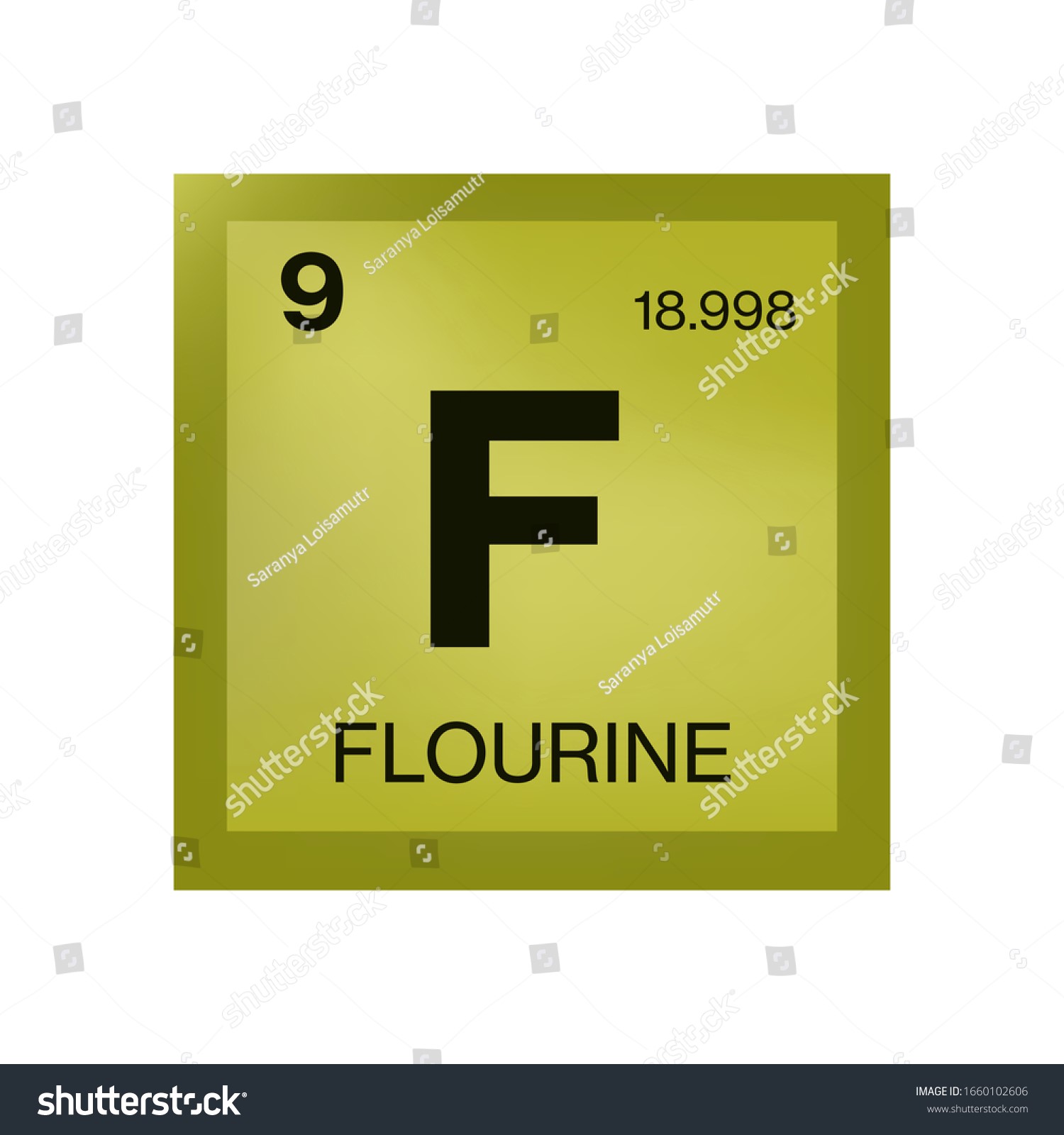Introduction
Mankind has only recently begun to utilise fluorine. Materials containing fluorine were infrequently used in antiquity. Smelting fluorite was an economic focus for Georgius Agricola, who investigated its application in the 16th century. Both the word “fluorite” and “fluorine” were created by Agricola. In the later part of the 18th century, hydrofluoric acid was uncovered. Much like chlorine, fluorine was discovered to be bound in compounds in the nineteenth century. Calcium fluoride, or fluorite, is a mineral that can be discovered. Fluorine is difficult to separate because of its strong bonds and the toxicity of hydrogen fluoride. Electrolysis of potassium fluoride and hydrogen fluoride produced elemental fluorine in 1886, and the discovery was made by French chemist and Nobel laureate Henri Moissan. During World War 2, massive amounts of fluorine were produced and utilised by the Manhattan Project. Polytetrafluoroethylene (Teflon) plastic and refrigerant gases were both developed by DuPont this century (Freon).
What is Fluorine?
Gaseous halogen the element fluorine can be found in the 17th group of the periodic chart. The element has an atomic number of 9. One of fluorine’s defining characteristics is that it is the most electronegative element in the periodic table. Under normal conditions, it presents as a pale yellow diatomic gas that is highly toxic. At 3.98 on the Pauling scale, fluorine has the highest electronegativity of any element.
Electron Configuration And Chemical Properties of Fluorine
The gas fluorine, which belongs to the 17th group, has an atomic number of 9. The halogen nature of fluorine gives it a valency of one. Due to its one electron deficit, it accepts electrons from other substances. They accept electrons, making these compounds oxidising agents. Don’t forget that electron donors always act as reducing agents and electron acceptors as oxidising ones. Because of its high electronegativity, fluorine is the most powerful oxidising agent among the halogens. An electrical configuration of 1s22s22p5 describes fluorine.

Fluorine
Properties of Fluorine
Fluorine shows different physical and chemical properties.
Chemical Properties of Fluorine
- Fluorine is one of the most powerful oxidising agents since it is a strongly electronegative element. According to the Pauling scale, fluorine has an electronegativity of 3.98.
- The strong force of attraction between the nucleus and the electrons caused by their small size results in a very high energy requirement to extract an electron. Fluorine has an initial ionisation energy of 1680.6 KJ/Mol. Thus, it takes 1680.6 KJ of energy to remove an electron from a mole of fluorine.
- Fluorine has a standard potential of 2.87 V. Compared to all other factors, this is the highest.
- There is only one stable isotope of fluorine, which is fluorine 19.
Physical properties of Fluorine
- Fluorine is the lightest of all the halogens, with an estimated atomic mass of 19 particles.
- In its natural state, fluorine can be found as a gas. It is a light gas with a pale-yellow colour.
- Fluorine has a boiling point of -188° C and a melting point of 219.6° C.
The Atomic Radius of Fluorine
The atomic radius of fluorine, a very small element, is extremely small. A fluorine atom has a very strong nuclear force because of this. The smallest halogen atom is fluorine, which has an atomic radius of only 147 pm.
What is the Atomic Mass of Fluorine?
The lightest halogen gas, fluorine, weighs only 19 amu; specifically, it is 18.99 amu. Conventionally, we round it off and count it as 19.
Fun Facts About Fluorine
- In the crust of the earth, fluorine is the 13th most abundant element.
- Fluorine is a very reactive element that is never discovered in its pure form. It is always present in some combination with another element.
- Water can be burned by fluorine with a brilliant blaze.
- Fluorine can also be found in the earth’s crust in addition to the air. Coal and other elements contain fluorine in trace amounts.
- Fluorine is nearly non-existent in the air. 50 parts per billion roughly. Before the Second World War, fluorine was not well recognised in the business.
- Fluorine hadn’t been produced commercially until that point. Everyone just understood fluorine as an element that can combine to form salts. Uranium hexafluoride, however, was discovered to have nuclear capabilities and be a source of energy during World War 2. Fluorine has since been produced industrially at an exponential rate.
- Animals require ion fluoride, which helps to strengthen their teeth and bones. In some places, it is added to drinking water.
Summary
Fluorine is one of the halogen family members in the periodic table. Fluorine exists as yellow gas having an unpleasant smell when it is at room temperature. It is harmful to breathe in the gas. Fluorine becomes a yellow liquid when it cools. Fluorine-19 is the only stable isotope of the substance. The most significant source of fluorine is fluorspar.
Frequently Asked Questions
1. What are the principle sources of Fluorine?
Ans: The principal source mineral, fluorite, was originally reported in 1529 by Georgius Agricola, known as the “father of mineralogy,” and the word “fluorine” is derived from this Latin stem. Fluorite, according to him, is an addition known as a flux that aids in melting ores and slags during smelting.
2. Why is Fluorine so important?
Ans: Our bones’ ability to remain firm depends on fluorine. If we use fluoridated toothpaste twice a day, it can also prevent tooth decay. Too much fluorine absorption can affect the kidneys, bones, nerves, and muscles in addition to causing osteoporosis and tooth decay.
3. What are the safety precautions for handling fluorine?
Ans: Use and store fluorine in a ventilated gas cabinet or fume hood. When a gas cabinet is warranted (e.g., cylinders larger than lecture bottle size that are used in a fume hood), install a fluorine gas monitoring system. Follow all applicable recommendations for storage and handling of compressed gases.